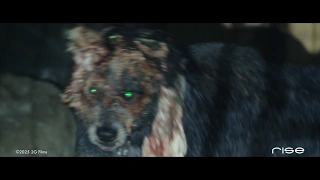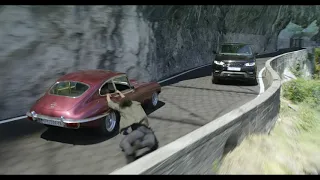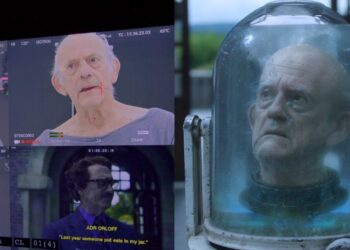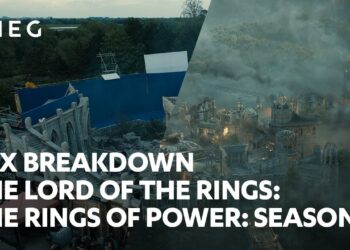With Tron: Ares hitting cinemas, it’s a good excuse to revisit this fascinating featurette for the original pioneering 1982 science-fiction film. The short documentary revisits how the filmmakers combined live-action performances with computer-generated imagery, a process that was experimental and technically complex for the time.
In the featurette, the filmmakers describe the primary challenge as merging live-action footage with computer-simulated scenes so that both appeared to exist in the same world. Actors were filmed in black-and-white costumes against dark sets, and these elements were then composited with computer-generated imagery created by multiple studios. Each studio had its own rendering methods and software, requiring complicated coordination to maintain visual consistency.
The production involved four major visual effects companies: MAGI Synthavision, Information International Inc. (Triple-I), Robert Abel and Associates, and Digital Effects. Each studio specialized in different aspects of the project, from modeling geometric objects to creating complex polygonal models. MAGI was responsible for the light cycles and tanks, Triple-I handled the more intricate designs like the solar sailer and the Master Control Program, and Abel’s studio created the live-action transition effects.
The featurette also discusses early techniques that later became standard in digital imaging. To simulate atmospheric depth, the filmmakers used a process called “depth cueing,” adjusting the brightness of objects according to their distance from the camera. This helped achieve a sense of scale in an otherwise uniformly sharp digital world.
Artists and programmers collaborated closely despite lacking modern tools. Animators had to define object positions manually using coordinates and mathematical descriptions of movement. Many sequences were previewed only when rendered to film, meaning the team often saw animation playback for the first time in full projection.
The documentary highlights how the limitations of 1980s computer hardware influenced both the film’s visual style and its technical design. At the time, no computers were used on set, and the production relied on individual, often unstable systems developed by each effects company. Despite these challenges, Tron became the first feature film to include extensive computer-generated imagery.
Tron was not nominated for an Academy Award for visual effects, as some industry professionals considered computer graphics “cheating”, but today, the film is widely recognized as a foundational work in digital filmmaking.
You can watch the making-of featurette on YouTube.









Glad back then the film industry was talking about techniques and stories, not people’s skin color!
I believe “Something wicked this way comes” from Disney was the first feature film to include a CGI scene.
When the circus rolls into town.